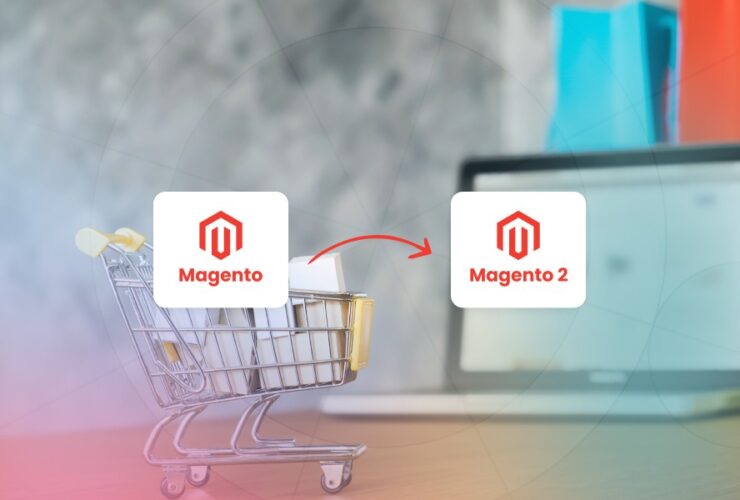|
Click to listen the Audio version!
|
An engagement model is like a protocol the client and the software development company, both follow. It includes a structural plan for the project and the basis of the collaboration between these two parties, such as the work and payment method. There are different engagement models and the client gets to pick the one he sees most suitable for his business, it’s a crucial step that needs a lot of consideration since it has a significant impact on the project.
The 3 engagement models we’ll be talking about are Fixed-price, Time & Material, and dedicated team.
Let’s clarify some concepts
Fixed-Price
Also, called fixed bid, as the name indicates, this engagement model has a fixed price that the software development company set after studying the project offered, and the contract is signed by the client and the company once they reach an agreement. The budget is fixed by the contract and no additional sums are required. However, in case the client asked for some changes in the project while it’s in progress, the company will have to compensate for the time and cost of the changes by cutting down from their profit. Since such a case is common, this model is risky and tricky for development companies, and it may shift the focus from achieving the agreed-upon goals to minimizing the risks. Demanding for changes is not welcomed.
It’s most suitable for
- Short-term predictable projects where specifications are fixed, and the features are limited.
- Test projects to see the potential of your new software provider that you may hire depending on the results
- MVP
- Projects that are unlikely to require changes, those that have well-defined goals and a specific vision.
- Projects with a limited budget or specific deadline
Advantages
- Predictably of expenses that are set 1-3 months prior and the deadline that requires the developers to finish the project on time.
- Dividing the project into individual tasks makes it easier and simpler.
- The total cost is fixed and could never exceed the budget set.
- The client gets a better and clearer vision of the project thanks to the detailed specifications and requirements.
- Requires minimum supervision and zero responsibility from the client.
Disadvantages
- No flexibility
- In case the client doesn’t voice out all the requirements he wants, the project will not turn out the way he envisioned.
- Changes are not welcomed because the company will have to compensate for its effect on the total cost.
- Such an engagement model requires face-to-face meetings.
Time & Material
The cost of this engagement model depends on 2 factors: time spent developing the project (the client pays the developers per hour of work, breaks and holidays are not paid) and the number of resources (Material) used, which means that the budget is not fixed.
A tip for clients who will choose this model to reduce the total cost, the client can help make the process faster by providing clear and well-defined requirements. The clearer, the faster the project will be completed and the less money the client pay.
It’s most suitable for
- Long-term flexible projects that are continuously changing and evolving or involve unclear requirements.
- When the client wants transparency with the company hired.
- Complex projects
- Projects that require various iterations
Advantages
- It’s a great choice for lasting contracts.
- This model is flexible, hence changes are welcome
- It supports future features
- Rather than plan everything ahead, the model could proceed with each iteration.
Disadvantages
- Even though the budget is not fixed, there could be still an estimation, but it may be misleading as additional features or requests are paid.
- The client’s consistent supervision and involvement are a must.
- When using this method, even deadlines are not fixed and if the client keeps on making changes, the delivery date will be delayed.
Dedicated Team
The best part of this engagement model is that it eliminates the disadvantages of the two previous models. The provider hired will take care of everything, including recruitment and administration of the team, along with providing a business analyst and a project manager. Now the team consisting of professional skilled developers will be fully at the client’s service once the contract is signed. The members of the team will comply with the clients’ requests and policies. The client could even set a certain work methodology or tools or platforms.
It’s most suitable for
- Offshore software development companies for better access to expert help and knowledge.
- IT projects with fixed goals but consistent changes of scope.
- Clients who want to enforce their team by adding to the workforce.
Advantages
- The team is dedicated solely to the client, which makes the process way faster and more efficient, even the cost is less.
- The company will select the team that fulfills the conditions required for the project.
- The client even gets to contact multiple IT companies and make his team from different providers. He also has the authority to replace and add to the team.
- The project manager hired will monitor the project closely and supervise the team.
- The client is granted access to every stage of the project.
- The client is not required to pay taxes or start-up expenses or to go for a long-term investment.
- This model offers frequent communication with the in-house team, which will build understanding and trust between the client and the team.
- Hiring experts and dedicated developers from offshore companies is a great experience to learn new tips.
Disadvantages
- This model is not suitable for short-term projects.
- Team members’ selection is a crucial and sensitive step, if not done right it’ll ruin the whole project.
- Even though the client sets the rules, the in-house team may have different opinions about the work methods, in case they do not reach an agreement, it may create problems.
Why the dedicated team is the best choice model for offshore companies?
Even though each engagement model discussed may be a great choice in certain situations, but dedicated team model outshines the other two, especially when it comes to offshore companies. Here are the reasons:
Offshore software companies provide unlimited choices of experts, professionals, and skilled developers from all over the world in different fields such as React Native, IOS, Android, Magento, AIML, etc. As a result, the client gets to hire the best international team while having full control over it by adding, replacing, or removing the team members, which helps the client influence the total cost.
When the client hires an offshore software company, not only is his focus is solely dedicated to the primary goals since the company handles the hiring, infrastructure, office work part, but also, it saves you from legal issues concerning that the law changes from one country to another, plus some required paperwork and taxes. This model knows no boundaries.
Dedicated team is a model that empowers the clients, they set the rules and the team is required to follow the client’s policy and methodology according to the contract signed by both parties. In addition, an outsourcing vendor that the offshore company provides will manage HR-related issues such as salaries, bonuses, insurance, vacations, or leaves, etc. He will also handle the responsibility of monitoring the team.
The best part about the dedicated team model is that it saves both money because the outsourcing vendor handles most of the services and time since the team members hired for the project are competent experts, they are experienced enough to deliver the finished project faster and with high quality just like the client envisioned. No need to spend time and money training newbies, hire Dezigndia’s experts developers in different fields!






Itís hard to find well-informed people on this subject, but you seem like you know what youíre talking about! Thanks